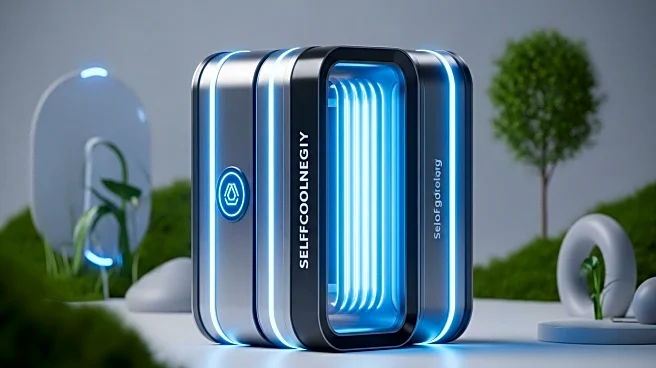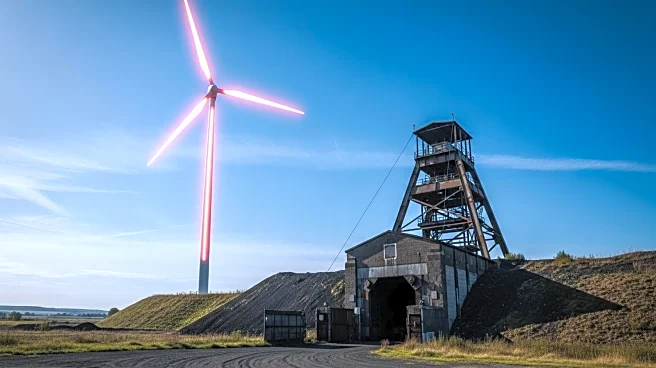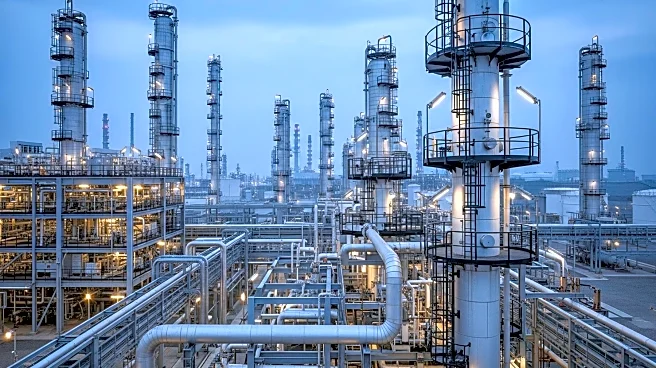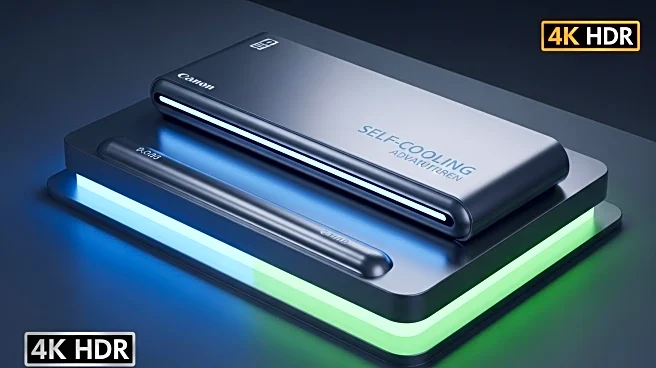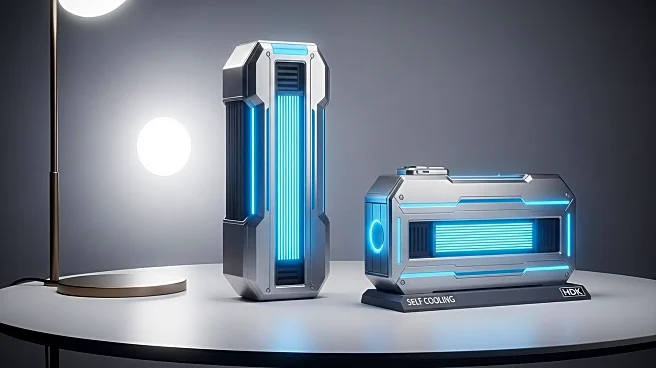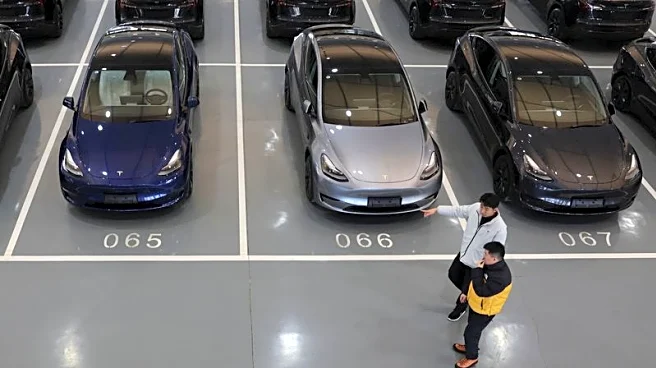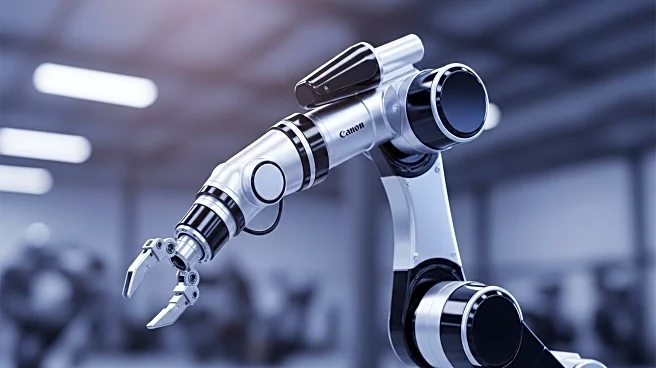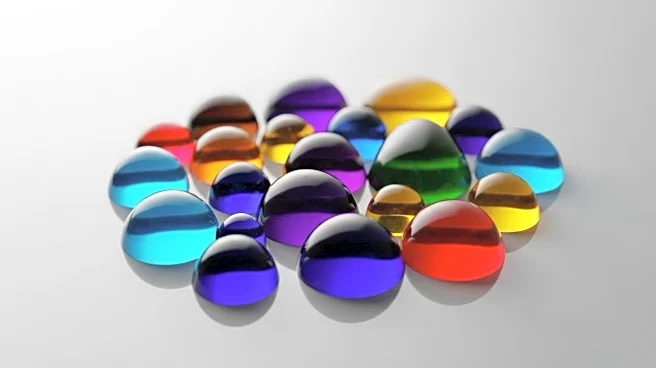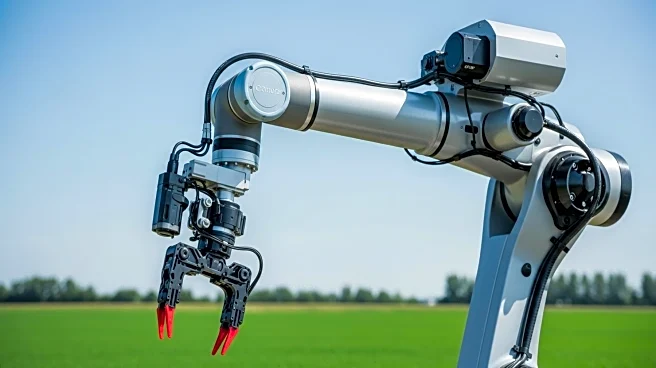What is the story about?
What's Happening?
The global self cooling packaging market is poised for significant growth, with projections indicating an increase from USD 48.3 million in 2025 to USD 83.2 million by 2035. This growth is driven by rising demand for convenience-driven products, particularly in the food and beverage sector. Companies are innovating with self cooling cans and containers that chill instantly without external refrigeration, appealing to busy urban lifestyles and outdoor activities. The market is expanding beyond beverages to include pharmaceuticals, healthcare, and personal care, where temperature stability is crucial. Advances in cooling materials and compact mechanisms, such as push-button activation systems, are simplifying usability and aligning with global sustainability goals.
Why It's Important?
The expansion of the self cooling packaging market reflects a broader trend towards sustainability and convenience in consumer products. As urbanization accelerates, particularly in emerging economies like China and India, demand for modern packaging formats is rising. This growth presents opportunities for companies to innovate and meet evolving consumer expectations. The focus on eco-friendly materials and technologies aligns with global sustainability goals, making self cooling packaging attractive to both brands and consumers. However, challenges such as production costs and technical constraints need to be addressed to unlock mainstream adoption.
What's Next?
The market is expected to see continued innovation in phase-change materials, vacuum systems, and micro-engineered capsules. Established players and startups are investing in R&D to deliver promising outcomes. The competitive landscape includes leaders like Crown Holdings and Tempra Technology, who are working closely with beverage companies to commercialize solutions. Emerging economies are becoming fertile ground for adoption, with China and India projected to grow significantly. In Europe, regulatory compliance with eco-friendly standards is driving steady adoption.
Beyond the Headlines
The integration of advanced cooling mechanisms into packaging increases production expenses, which can limit accessibility for smaller beverage companies or restrict use to premium product lines. Technical constraints, including limited cooling duration, also need to be addressed to unlock mainstream adoption. Despite these challenges, the opportunities are significant, with eco-friendly advancements reshaping the market by introducing recyclable, biodegradable, and non-toxic alternatives to chemical cooling systems.
AI Generated Content
Do you find this article useful?
